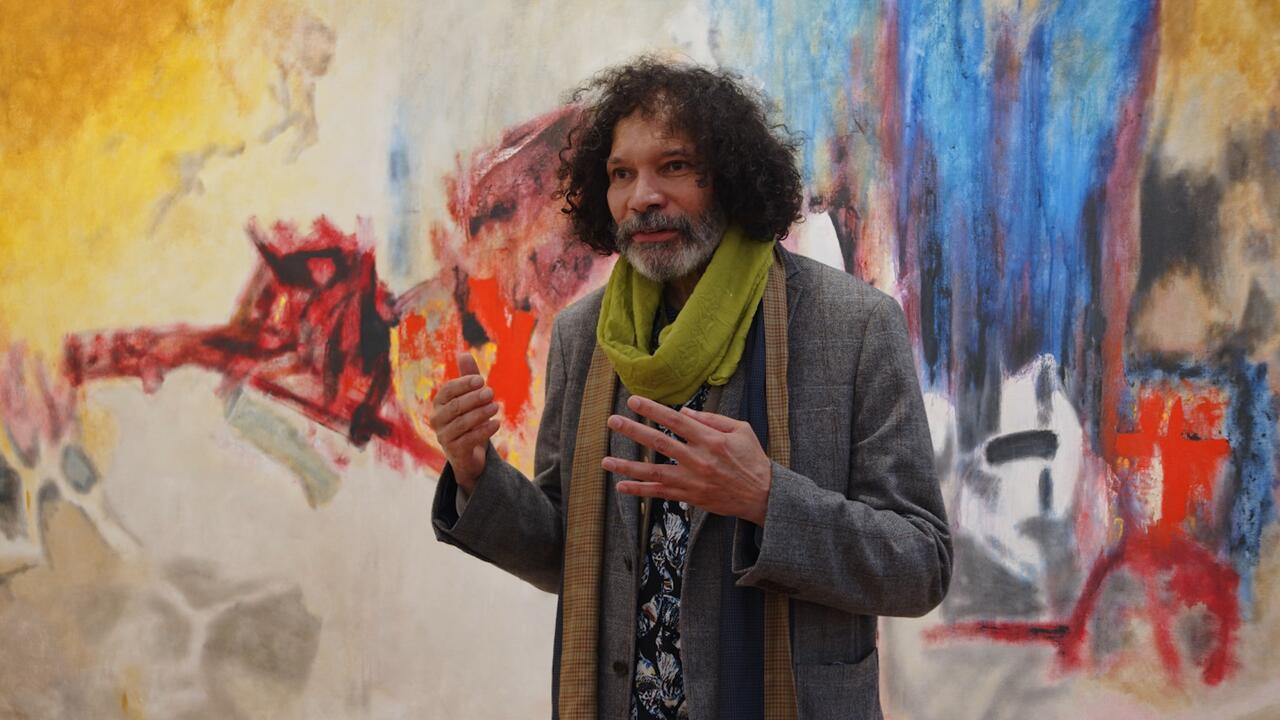
Robert Draws – The global relevance of Aubrey Williams has surged with his recent retrospective in London. The October Gallery is hosting this major exhibition. Williams, a Guyanese artist, is celebrated for his abstract style. His works blend Mesoamerican cultural influences with pressing global issues. Themes such as environment and colonialism are central to his art. This exhibition offers a renewed perspective on his contribution to contemporary discussions. It shines a light on how art intersects with identity and ecological concerns worldwide.
Aubrey Williams’ art is rooted in abstraction but carries deep cultural narratives. His works are heavily inspired by Mesoamerican symbols and mythology. These elements are fused with modern abstract techniques. The artist’s connection to his Guyanese heritage plays a vital role. The cultural hybridity in his paintings reflects a blend of indigenous and contemporary ideas. His use of color and form is dynamic, often evoking natural landscapes. Abstract shapes and patterns are used to convey complex stories about history and nature.
“Read about: Breaking Boundaries: Marlene Dumas’s ‘Miss January’ Sells for $13.6M”
Williams addressed environmental themes ahead of his time. His paintings depict the natural world under constant threat. He often features the Amazon rainforest, native plants, and wildlife as central motifs. Through his art, he brings urgent ecological issues to the forefront. He explores how colonial exploitation damages the environment. The exhibition clearly highlights these environmental messages. Visitors actively reflect on humanity’s relationship with nature. The global relevance of Aubrey Williams shines through his call for awareness and global preservation efforts.
“Read more: CAST’s Survivor Services and Training: A Lifeline for Trafficking Victims”
Colonialism’s legacy remains an important theme in Williams’ work. He examines how colonial histories shape identity and culture. His art challenges colonization’s effects on indigenous peoples and their lands. He uses symbolism to critique oppression and cultural erasure. Williams actively reclaims lost heritage through his work. He reasserts the significance of marginalized voices in art history. The retrospective invites audiences to engage with these complex narratives. His paintings emphasize the dialogue between past and present.
Williams uses abstraction not just as an artistic choice but as a language. It communicates ideas that go beyond literal representation. Abstract forms invite personal interpretation and emotional responses. This openness makes his art relevant to diverse audiences today. The exhibition demonstrates how abstraction can address social and environmental issues effectively. Williams’ approach bridges traditional cultural symbols with modern concerns. His art remains a vital part of conversations about identity, ecology, and history. The global art scene increasingly values such multifaceted works.
The retrospective at October Gallery brings renewed interest in Williams’ legacy. It introduces his art to new generations of viewers and collectors. Critics praise the exhibition for its thoughtful curation and presentation. They recognize the contemporary significance of his themes. Educational programs alongside the exhibition help the public understand his work better. The show fosters cross-cultural dialogue and collaboration. Williams merges cultural heritage with universal concerns in his art. This event solidifies his place among influential international artists.